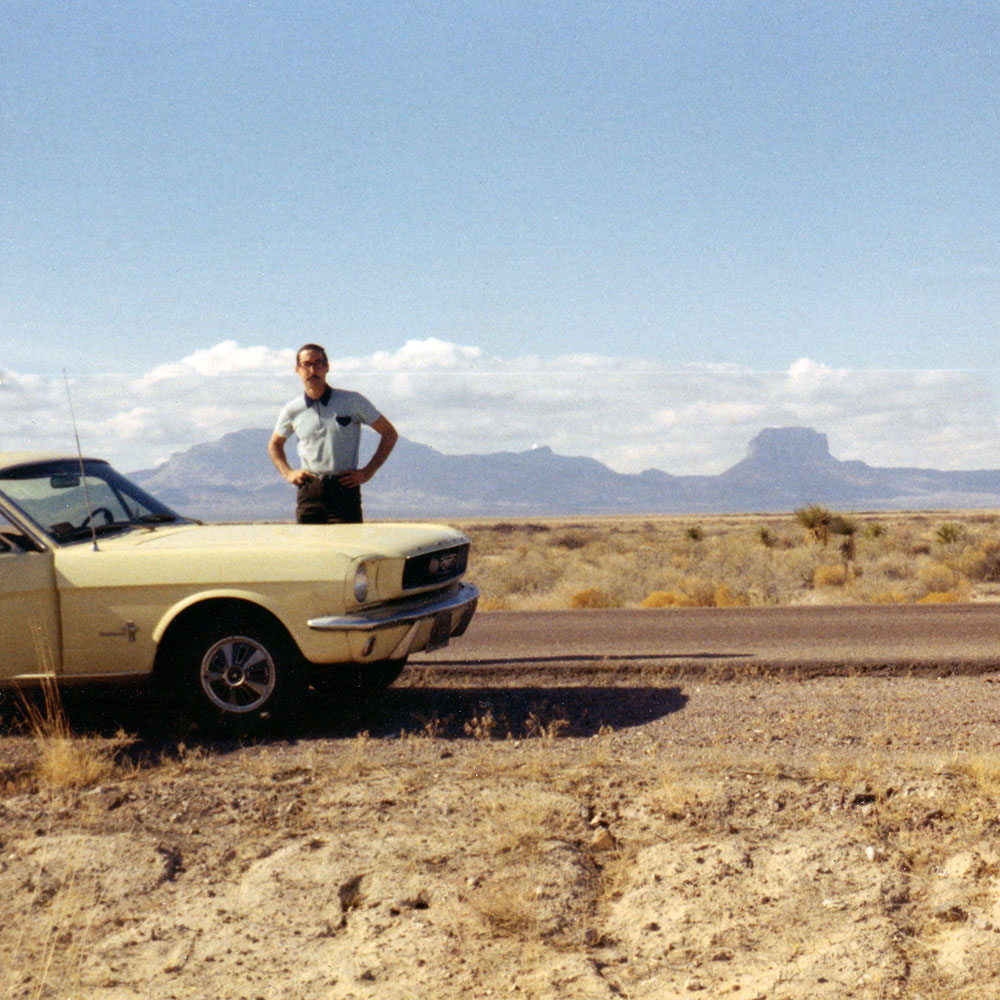
1968 on Route 66 to California to the University of California at Berkeley, working in the Atacama Desert in northern Chile or on an expedition to Bear Island in the Arctic, I was able to combine profession with nature experience.
For natural scientists, it is rewarding to get to know the living reality of our natural environment intimately. Motivated by the goal of finding examples for biomimetic studies, I visited wilderness areas all over the world.
Highlights were natural areas along the Panamerican Highway, the Galapagos Islands, the Amazon Basin, the Gran Chaco and Patagonia.
In Africa, I not only experienced wildlife parks between Kenya and South Africa, but also explored the Namib and Kalahari deserts. On trekking trips in the Himalayas, both in Nepalese and Tibetan territory, I studied adaptations to extreme environments.
I got to know Central Asian mountains and deserts on a trip along the Silk Road between Pakistan and Beijing. I travelled through some South Asian wilderness areas in India (Western Ghats), Myanmar and Cambodia. My interest was also captured by numerous natural areas in Australia, New Zealand and the Pacific Islands.
One expedition I conducted to Bear Island in the arctic Barents Sea.
1990 I led an expedition to the arctic Bear Island. The aim was to study fossils of the first tall trees (they grew 360 Mio years ago), in order to find out, how they learned to pull water up to the tree-tops using solar energy.
I am convinced that our global problems need to be solved based on a better understanding of nature and the environment. Even though computing power is becoming more and more important for an intelligent evaluation of nature, we have to be careful not to drift into an overly virtual interpretation of our situation. After all, humans are still part of nature and we still have a lot to learn from it.


 Deutsch
Deutsch Italiano
Italiano



